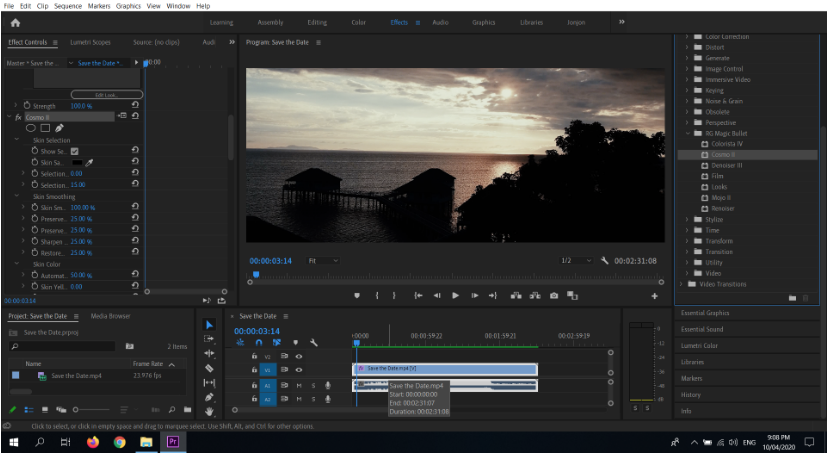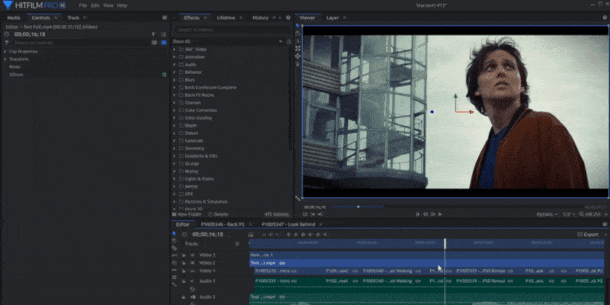

It does not have the ability to use masks, let alone track them. Color Finesse is a pretty good program if you're doing very basic stuff, but it is seriously lacking otherwise. The problem is that Resolve links the wrong clips to it's timeline (yes, even ones with entirely different names).

That would not be helpful to me even if I could get it to work. From what I read it is supposed to work most of the time. There is a tutorial here:, but if you can get it to work, you are a magician. I did have that kind of problem with Color, so I didn't paid attention to that, but for my documentary project, I had at least 5 times a file with the name MVI_0001.mov and Resolve mess it up.
MAGIC BULLET LOOKS VS DAVINCI RESOLVE PRO
For Premiere Pro it's not a problem but when you try conform you XML file, Resolve looks for the clip and it doesn't necessary find the good one. One problem to watch out for is that you can't have two different clips with the same file name (on a different directory). You could start by exporting a AAF file from Premiere Pro but it seems that there is less special effect (dip to white for exemple) that is supported, and it takes so long to export as AAL and then I didn't find a way to import it correctly into Resolve 8. The XML file can then be read by Premiere Pro directly.

It seems that Adobe is working on a fix for that.įor rendering and exporting back to Premiere Pro, you can use the preset "FCP7 XML roundtrip" on the render page and then I export the project in the conform tab in Resolve. So you need to open the sequence with Final Cut Pro, then reexport it as a XML FCP v5 file and then you can import it into Resolve. The problem then is that Resolve 8 needs a XML FCP version 5 file and currently Premiere Pro export it as a version 4. If you want to keep you effect like dip to white it's best to export your Premiere Pro sequence as a Final Cut Pro XML. I've just finished a 45min documentary with Premiere Pro and Davinci Resolve.


 0 kommentar(er)
0 kommentar(er)
